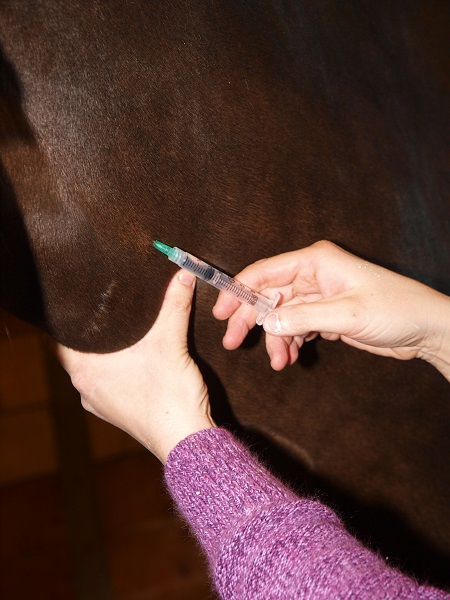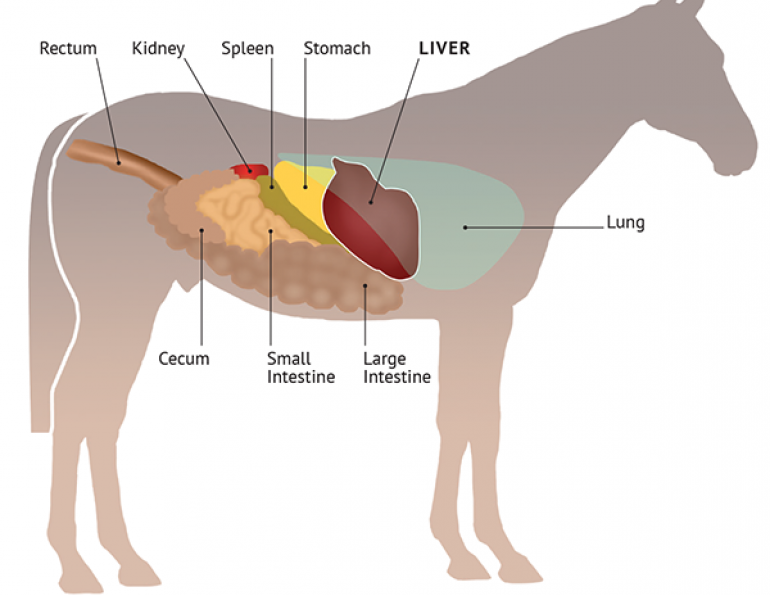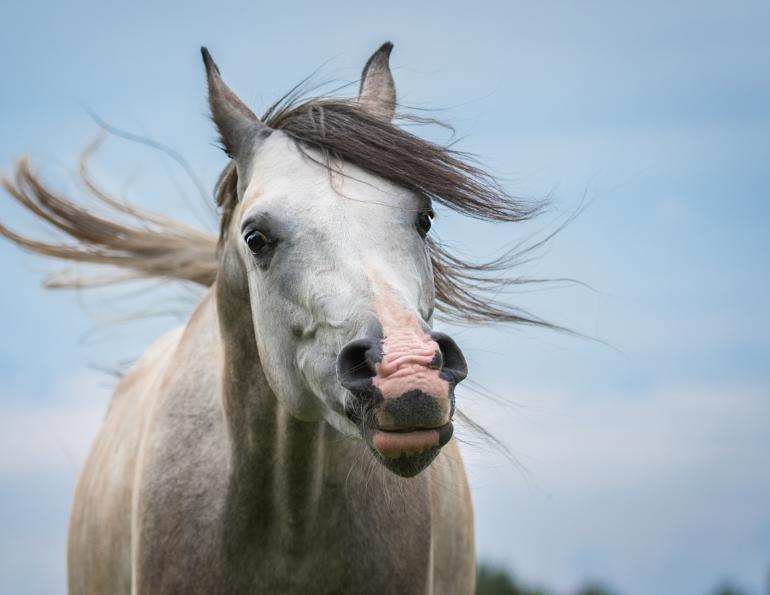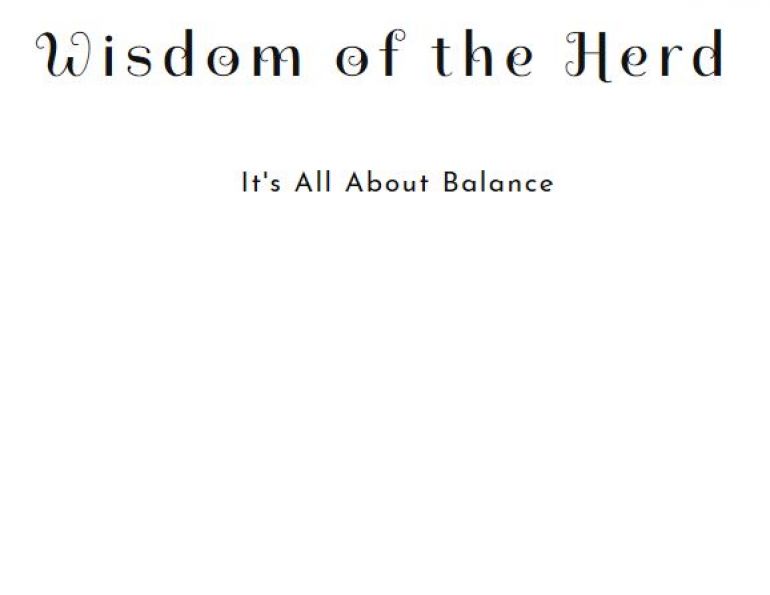By Dr. Wendy Pearson, PhD (Dr. of veterinary toxicology)
The horse is one of Mother Nature’s most beautiful and mystifying creations. There’s something about that magnificent organization of power and grace that inspires us to a level of wonder unlike any other animal on the planet. It is quite unlikely, however, that we attribute much of the horse’s enchantment to his liver. After all, there’s something decidedly less appealing about offal. And indeed for the casual observer, a horse’s liver may not warrant any particular attention. But to those of us enslaved by the incalculable power of the horse, a little knowledge about his liver can go a long way toward giving him a long and healthy life.
The liver is a highly evolved and complex organ, which plays a vital role in almost every bodily function including metabolism, protein assembly, energy generation, and cellular repair and regeneration. Primarily, however, we think of the liver as being essential in digestion and detoxification.

Chronic administration of drugs frequently accumulates as stress within the liver and can eventually cause liver disease. Photo: Pam MacKenzie
The principle contribution that the liver makes in digestion is the production and secretion of bile acids and salts. These acids alter the pH of food that enters the gastrointestinal tract, as well as emulsify fats and make them easier to digest. In most mammals, bile is secreted from the liver and stored in the gall bladder, only to be released when it is needed. However, one of the many physical characteristics that separate the horse from most other mammalian species is that it does not have a gall bladder. Therefore, bile must be deposited directly into the intestine in response to feeding and cannot be stored. This is one of the reasons why horses must be slowly adapted to high-fat diets, as bile volume and composition must be altered over time to allow proper digestion of a high-fat diet. Sudden increases in fat content of a horse’s diet can lead to poor digestibility of fats and gastric upset.
In addition to facilitating digestion of fats and other macronutrients, the liver is also the primary site for gluconeogenesis (i.e., formation of glucose from non-carbohydrate carbon) and the storage of fat-soluble vitamins including vitamin A, D, and E. It is a major storage site for glycogen, which is the primary storage unit of energy for the exercising horse. The liver also produces a wide range of hormones involved in blood pressure regulation, feed transit through the gastrointestinal system, immune function, and red cell turnover.
A final, but essential, role of the liver is to detoxify poisons that can harm or even kill the horse. Frequently, these poisons are drugs that are administered to treat or prevent disease. The liver administers a process called “biotransformation and bioactivation” on these compounds which can either make the drug molecule less or more bioactive depending on the drug. Chronic administration of drugs frequently accumulates as stress within the liver, eventually causing liver disease. The most common causes of liver disease in horses are chronic administration of non-steroidal anti-inflammatory drugs, and poisoning by ragwort (Senecio sp.).
Liver damage or disease may be suspected in horses with a combination of clinical signs including colic, diarrhea, weight loss, fluid accumulation under the belly and/or hind limbs, poor appetite, poor performance, poor coat quality, depression, photosensitization, and/or head-pressing. Liver disease, once present, can be difficult to treat. The best strategy for maintaining liver health is to periodically cleanse the liver of the accumulated effects of chronic drugs, suboptimal nutrition and/or strenuous exercise. Plants with well-known benefit in liver health include milk thistle (Silybum marianum), sugar beets (Beta vulgaris), Dandelion root and leaves, Turmeric root, and grape leaves (Vitis vinifera).





















